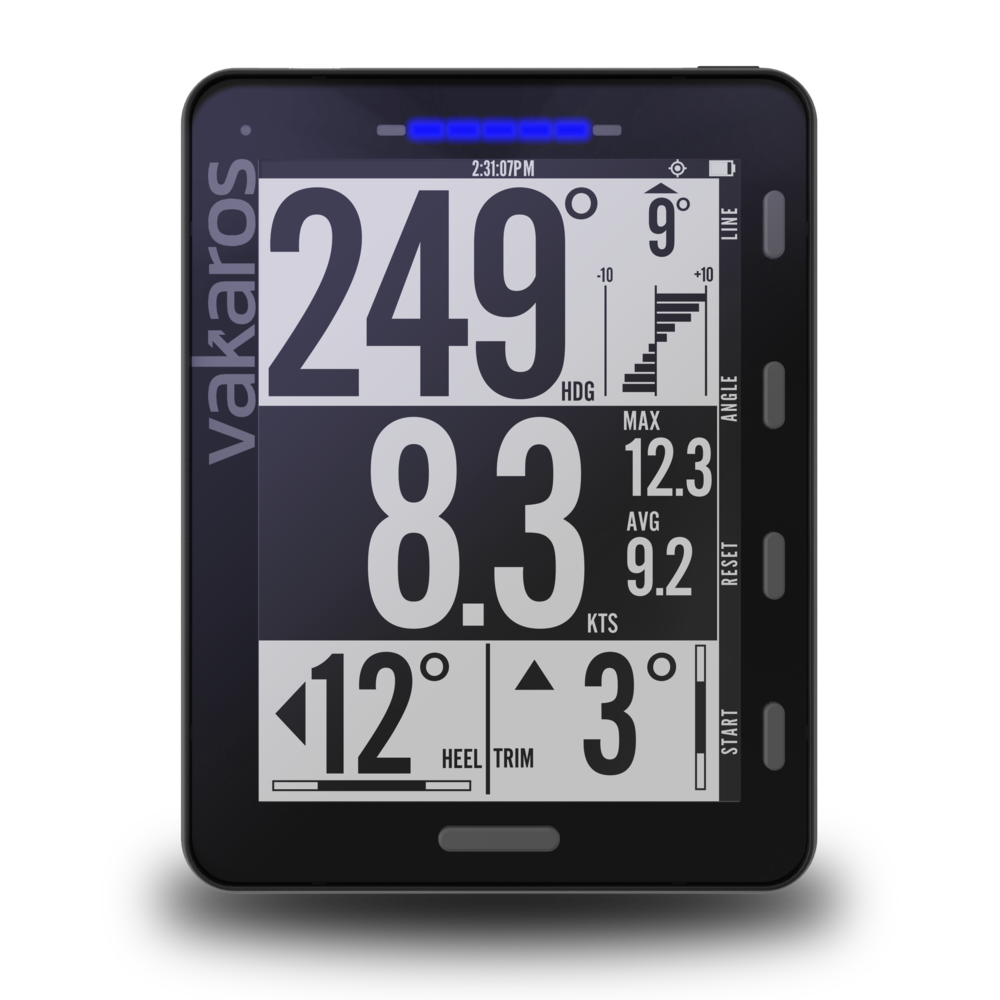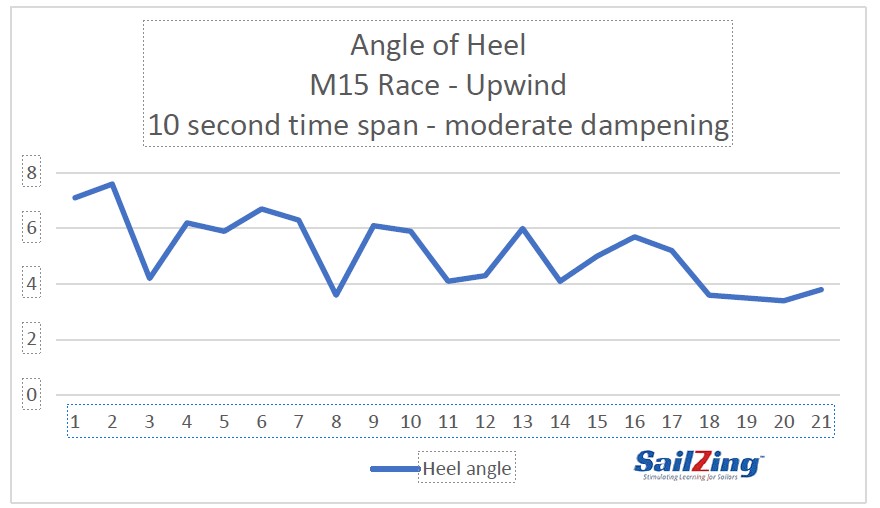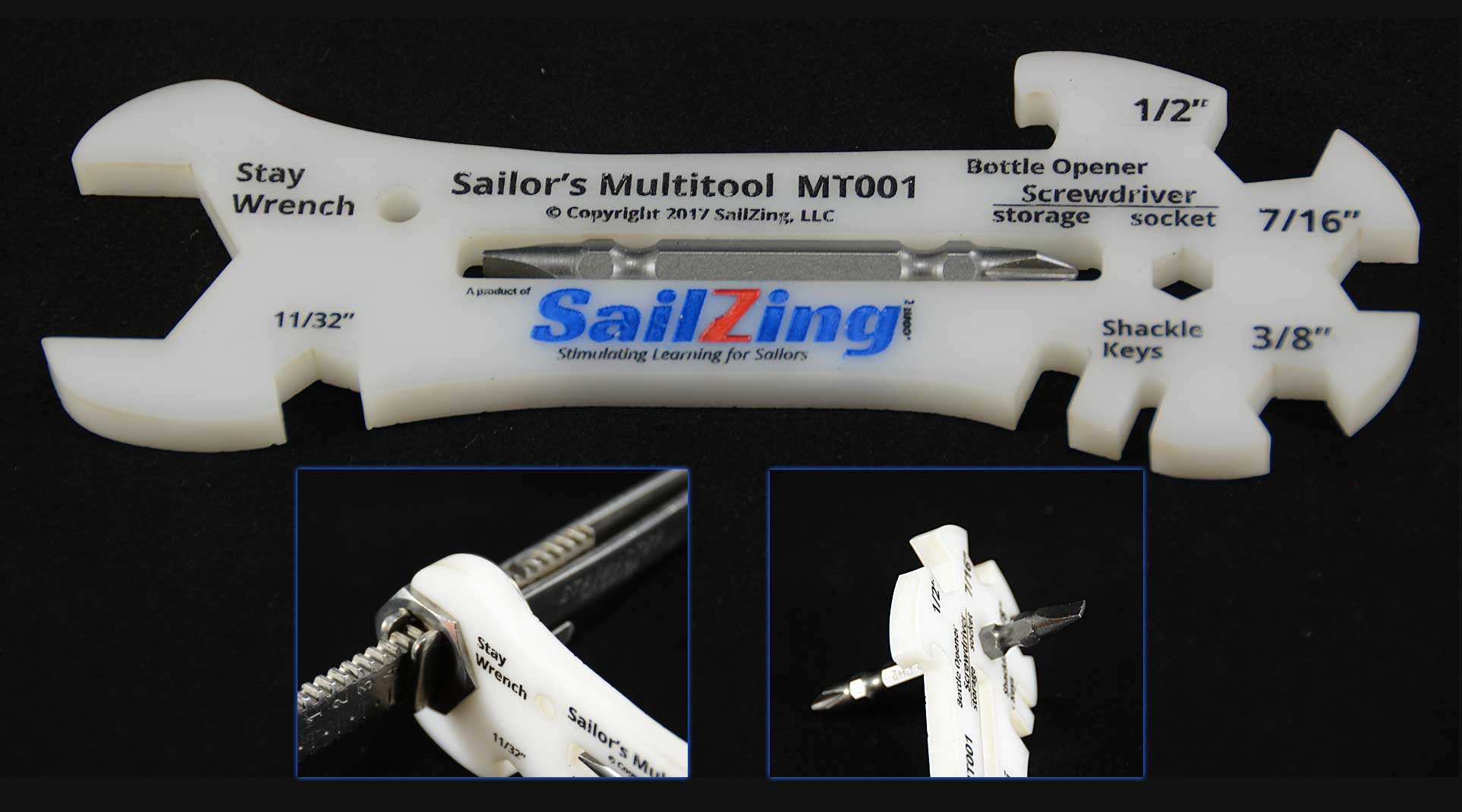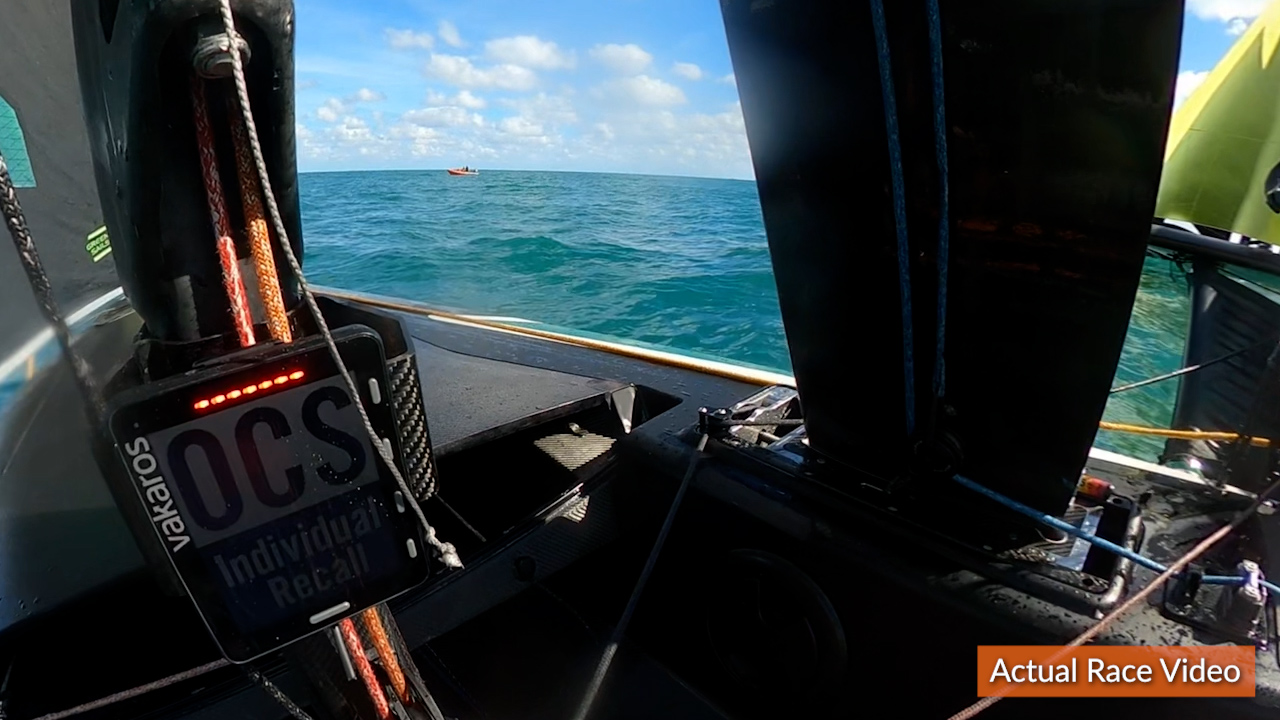At SailZing.com, we’re always interested in new ways to learn, on and off the racecourse. Thus, we were intrigued when Vakaros first introduced the Atlas in 2018. When the Atlas 2 arrived raising the bar further in 2021, including 50 cm GPS position accuracy and a class legal mode, we acquired two units to see what we could learn.
This post reveals our first look at the Atlas 2. We’ll do a series of posts as we experiment with the tool.
Why Should a Small Boat Sailor Even Consider a Sophisticated Instrument like the Atlas 2?
You might ask “Why are we doing this? Aren’t sailors supposed to learn to sail by feel with their heads out of the boat?” Distractions – like staring at an instrument, especially a sophisticated one – don’t promote these skills.
Or you might ask “Do we want to create an “arms race,” raising the cost of sailing for everyone?”
Well, we think there are two reasons to experiment with an instrument.
- During racing on larger bodies of water, many sailors use at least a magnetic compass for shift tracking. Many classes allow the use of GPS-based aids, such as for starting or monitoring target speeds. As one top sailor told me, “I don’t necessarily agree with allowing GPS-based displays, but if it’s allowed, I want the best tool I can get.” The Atlas 2’s class-compliant mode enables following the rules while still collecting powerful learning behind the scenes. Also, class compliance is auditable by the race committee after the fact. In a class with several restrictions, this keeps the playing field level (no arms race).
- Data is a powerful tool for improvement. With good data, either when racing or practicing, you can sharpen your sense of feel and where to go on the racecourse.
Atlas 2 Unboxing and Getting Started
Here’s our unboxing and startup video.
Video Timings:
- Intro 00.00
- Unboxing and getting started 01:18
- Settings 06:29
- Screens 07:11
- Overall impressions 08:00
Key features we like:
Class-compliant mode
When setting up the instrument, you can add a profile for your boat in class compliant mode which displays only the data allowed by your class rules. Vakaros has preset these rules for many different classes, available from a drop-down menu, but you can also manually configure settings for yourself. The data log proves that you were sailing in class-compliant mode. For use during practice, set up another profile without class restrictions.
Position accuracy
~50 cm GPS position accuracy. Vakaros claims the Atlas 2 is the first sailing instrument capable of dual band, L1 + L5 GNSS reception. We tested this with the help of a surveyor. The results were dead on.
Update frequency
Vakaros claims a faster 25 Hz update rate, which they say is a 40% improvement over other systems. Slow update frequency contributes to errors.

Design your display with multiple pages and widgets.
Add screens, rearrange them and populate them with widgets (currently 10 widgets with more planned.)
Audio and Visual Indicators
Atlas 2 has a row of LED indicators to help minimize the distractions from staring at the screen. Customize this LED display to minimize distractions to show one of the following:
- Start Timer
- Distance to Line (DTL)
- Time To Burn (TTB)
- Heel Angle (HA)
- Shift Tracking
Battery life
Vakaros claims 100 hours of battery, rechargeable with Qi-compatible wireless charging.
Download and analyze data

With a little Excel knowledge, you can download the logged data and analyze it. Here’s a sample graph of angle of heel during a leg of a recent M15 race.
Third-party analytics packages can allow data visualization, but this is not a current, in-house Vakaros offering.
Limitations
We’ll get into these in the future. One limitation is the need for an app that provides a graphical view of a race session with overlays, especially a mobile version for review right after a race. ChartedSails.com and SailNjord let you import Vakaros Atlas 2 data to see this, but these apps are subscription-based which might dissuade a single user. Both are very powerful options, if it’s within your budget, so take a look at them. We will be.
Practice Use Possibilities
Besides the standard screens and widgets, we think there are endless possibilities for practice use, to refine your sense of feel. Here are some that we have dreamed up and will be trying.
- Target speeds in various conditions
- Time and distance to accelerate
- Leeway
- Effects of angle of heel changes
- Judging start line visually
- Judging laylines visually
- Identifying lifts and headers visually
- Mode differences – foot, point
- Lull vs header response
We’ve already started using the Vakaros Atlas 2 on Rob’s Melges 15 and he’s loving it so far. We’ll have a lot more to say as we gain experience with it, on and off the racecourse.
Related Content
Race Compass Smarts – SailZing.com
Velocitek Shift Review – SailZing.com (note: Velocitek Shift is discontinued. See Velocitek’s product line)




